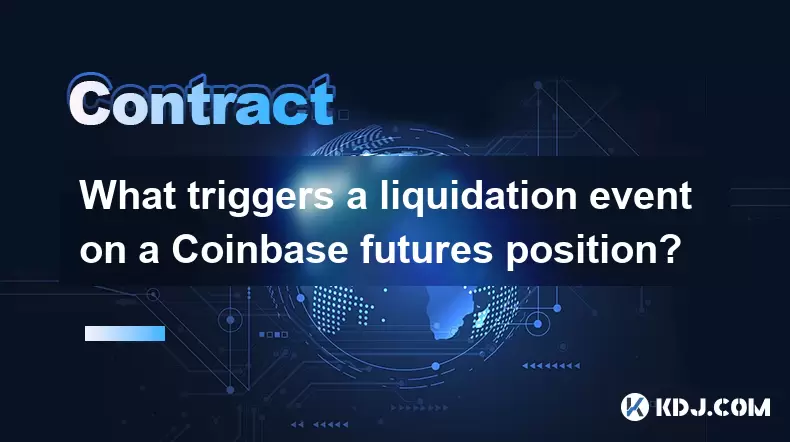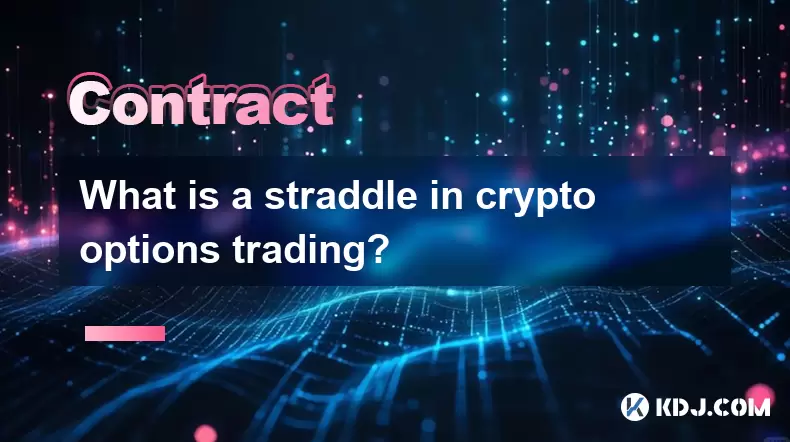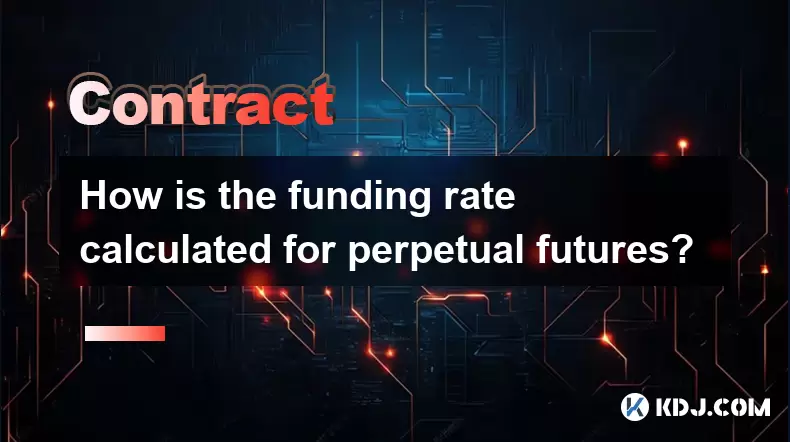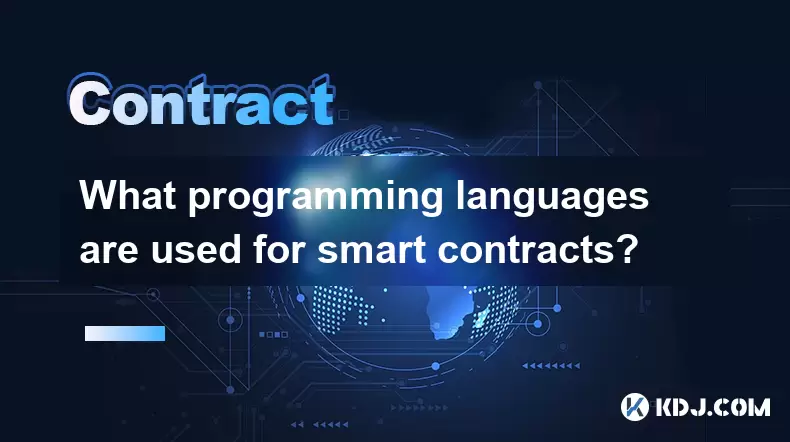-
 Bitcoin
Bitcoin $115700
0.65% -
 Ethereum
Ethereum $3785
3.93% -
 XRP
XRP $3.033
1.78% -
 Tether USDt
Tether USDt $1.000
0.04% -
 BNB
BNB $770.7
0.50% -
 Solana
Solana $168.4
0.56% -
 USDC
USDC $1.000
0.02% -
 TRON
TRON $0.3403
1.83% -
 Dogecoin
Dogecoin $0.2113
3.84% -
 Cardano
Cardano $0.7539
2.34% -
 Hyperliquid
Hyperliquid $38.84
1.28% -
 Sui
Sui $3.700
6.88% -
 Stellar
Stellar $0.4069
2.56% -
 Chainlink
Chainlink $17.80
6.93% -
 Bitcoin Cash
Bitcoin Cash $573.5
0.73% -
 Hedera
Hedera $0.2478
1.24% -
 Ethena USDe
Ethena USDe $1.001
0.00% -
 Avalanche
Avalanche $22.42
1.58% -
 Litecoin
Litecoin $120.6
2.58% -
 UNUS SED LEO
UNUS SED LEO $8.962
-0.29% -
 Toncoin
Toncoin $3.296
2.09% -
 Shiba Inu
Shiba Inu $0.00001251
1.77% -
 Uniswap
Uniswap $9.982
3.75% -
 Polkadot
Polkadot $3.710
1.55% -
 Dai
Dai $1.000
0.00% -
 Bitget Token
Bitget Token $4.425
1.98% -
 Monero
Monero $265.2
-7.14% -
 Cronos
Cronos $0.1472
2.44% -
 Pepe
Pepe $0.00001073
2.66% -
 Aave
Aave $270.9
4.17%
How to close a Bitcoin contract
To close a Bitcoin contract, traders must identify the type, locate a counterparty, negotiate closing terms, execute the opposite transaction, and complete the settlement process.
Nov 12, 2024 at 12:40 am

How to Close a Bitcoin Contract
Understanding Bitcoin Contracts
Before delving into the process of closing a Bitcoin contract, it is crucial to establish a foundational understanding of these agreements. Bitcoin contracts, also known as Bitcoin futures or Bitcoin options, allow traders to speculate on the future price of Bitcoin without actually owning the underlying asset. These contracts provide investors with leverage, enabling them to amplify potential profits or losses.
Types of Bitcoin Contracts
There are two primary types of Bitcoin contracts: futures and options.
Futures Contracts: Bitcoin futures contracts obligate the buyer to purchase or the seller to sell a specified amount of Bitcoin at a predetermined price on a future date.
Options Contracts: Bitcoin options contracts grant the buyer the right, but not the obligation, to buy or sell a specified amount of Bitcoin at a specific price on or before a specified date.
Steps to Close a Bitcoin Contract
- Identify the Contract: Determine which Bitcoin contract you wish to close. This includes specifying the type of contract (futures or options), the underlying Bitcoin amount, the strike price, and the expiration date.
- Find a Counterparty: Locate a willing counterparty to enter into an opposite transaction that will offset your existing position. For instance, if you hold a long position in a Bitcoin futures contract, you must find a counterparty willing to take a short position in the same contract.
- Negotiate the Terms: Establish the closing price and settlement details with your counterparty. The closing price is typically agreed upon by both parties based on the current market price of Bitcoin. The settlement details may include the method of payment (e.g., Bitcoin transfer) and the timing of the settlement.
- Execute the Closing Transaction: Execute the opposite transaction with your counterparty to close your original position. This involves creating a new Bitcoin contract with the same underlying Bitcoin amount, strike price, and expiration date but in the opposite direction of your original contract.
- Complete the Settlement: Fulfill the closing price and settlement terms agreed upon with your counterparty. This typically involves transferring the agreed-upon amount of Bitcoin and receiving or paying the difference between the closing price and the original contract price.
Additional Considerations
- Timing: It is crucial to consider the timing of contract closure. Closing a contract early may result in a loss or a reduced profit, while holding a contract until expiration exposes you to the risk of unfavorable price movements.
- Fees: Be aware of any fees associated with closing a Bitcoin contract, such as brokerage commissions or exchange fees. These fees can vary depending on the platform or exchange you use.
- Tax Implications: The tax implications of closing a Bitcoin contract vary depending on your jurisdiction. Consult with a tax professional to determine the specific tax treatment applicable to your situation.
Disclaimer:info@kdj.com
The information provided is not trading advice. kdj.com does not assume any responsibility for any investments made based on the information provided in this article. Cryptocurrencies are highly volatile and it is highly recommended that you invest with caution after thorough research!
If you believe that the content used on this website infringes your copyright, please contact us immediately (info@kdj.com) and we will delete it promptly.
- Bitcoin's Wild Ride: Bollinger Bands, $117K, and What's Next?
- 2025-08-08 00:30:12
- Ripple, Rail, and Stablecoin Payments: A $200M Power Play
- 2025-08-07 22:50:12
- Punisher Coin Presale: The Next $Trump? Aiming for 100x Gains!
- 2025-08-07 22:50:12
- Riding the Crypto Wave: Presale Cryptos, Cold Wallets, and the BTC Bull Run
- 2025-08-07 23:10:12
- Crypto's Wild Ride: Punisher Coin, Popcat, and the Meme Coin Mania
- 2025-08-07 23:10:12
- Bitcoin Price, XRP Prediction, Cryptocurrency: Navigating the Wild West of Digital Assets
- 2025-08-07 23:15:12
Related knowledge

What triggers a liquidation event on a Coinbase futures position?
Aug 08,2025 at 01:15am
Understanding Futures Contracts on CoinbaseFutures contracts on Coinbase allow traders to speculate on the future price of a cryptocurrency, such as B...

What is a straddle in crypto options trading?
Aug 07,2025 at 11:15pm
Understanding the Basics of a Straddle in Crypto OptionsA straddle is an options trading strategy used when a trader expects significant price movemen...

How is the funding rate calculated for perpetual futures?
Aug 07,2025 at 11:36pm
Understanding the Basics of Perpetual FuturesPerpetual futures are a type of derivative contract that does not have an expiration date, allowing trade...

What programming languages are used for smart contracts?
Aug 07,2025 at 06:07pm
Understanding Smart Contracts and Their Execution EnvironmentSmart contracts are self-executing programs deployed on blockchain networks that automati...

What is a short position in crypto contracts?
Aug 07,2025 at 11:42pm
Understanding the Concept of a Short Position in Crypto ContractsA short position in crypto contracts refers to a trading strategy where a trader prof...

What is a long position in crypto contracts?
Aug 07,2025 at 06:29pm
Understanding the Concept of a Long Position in Crypto ContractsA long position in crypto contracts refers to a trading strategy where a trader buys a...

What triggers a liquidation event on a Coinbase futures position?
Aug 08,2025 at 01:15am
Understanding Futures Contracts on CoinbaseFutures contracts on Coinbase allow traders to speculate on the future price of a cryptocurrency, such as B...

What is a straddle in crypto options trading?
Aug 07,2025 at 11:15pm
Understanding the Basics of a Straddle in Crypto OptionsA straddle is an options trading strategy used when a trader expects significant price movemen...

How is the funding rate calculated for perpetual futures?
Aug 07,2025 at 11:36pm
Understanding the Basics of Perpetual FuturesPerpetual futures are a type of derivative contract that does not have an expiration date, allowing trade...

What programming languages are used for smart contracts?
Aug 07,2025 at 06:07pm
Understanding Smart Contracts and Their Execution EnvironmentSmart contracts are self-executing programs deployed on blockchain networks that automati...

What is a short position in crypto contracts?
Aug 07,2025 at 11:42pm
Understanding the Concept of a Short Position in Crypto ContractsA short position in crypto contracts refers to a trading strategy where a trader prof...

What is a long position in crypto contracts?
Aug 07,2025 at 06:29pm
Understanding the Concept of a Long Position in Crypto ContractsA long position in crypto contracts refers to a trading strategy where a trader buys a...
See all articles

























































































